Edwin Thumboo Time Travelling: A Poetry Exhibition
“Edwin Thumboo – Time-Travelling: A Poetry Exhibition” and two accompanying publications, Edwin Thumboo: Time-Travelling – A Select Annotated Bibliography as well as Singapore Word Maps: A Chapbook of Edwin Thumboo’s New and Selected Place Poems were officially launched on 29 September by Mr S. Dhanabalan, Chairman, Temasek Holdings (Pte) Ltd.
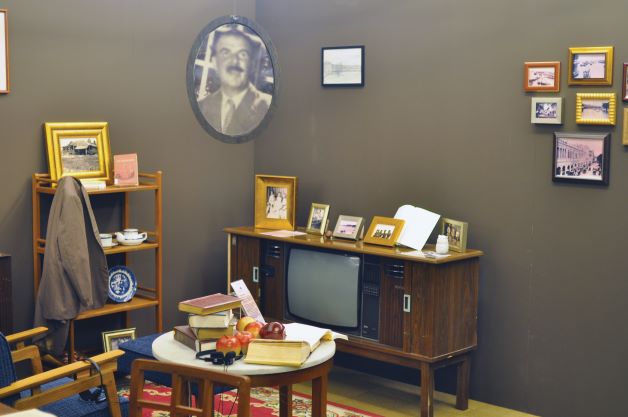
A Many-Splendoured Life
Edwin Nadason Thumboo was born in Singapore on 22 November 1933 to a Tamil schoolteacher and a Teochew-Peranakan homemaker. His grandfather came from Madras in the 1880s but moved to Johor, retiring eventually as Superintendent of the Public Works Department in Muar.
His childhood was spent with his parents and siblings at their home in the foothills of Mandai. He began his education at Pasir Panjang Primary School where his father was a teacher. His idyllic childhood at Mandai came to a halt during the Japanese Occupation when his family moved to government quarters at 42 Monk’s Hill Terrace in 1942. To supplement his family’s income during the war, Thumboo and his siblings sold cakes, and reared ducks and goats. He also worked as a salesperson at the Yarl Store on North Bridge Road.
After the Japanese Occupation, he attended Monk’s Hill Secondary School and Victoria School. It was at Victoria School where he discovered his love of literature through his English teacher, Shamus Frazer, and wrote his first poems.
In 1953, he entered the University of Malaya and majored in History and English Literature, with a minor in Philosophy. He published his first collection of verse, Rib of Earth, in 1956 and dedicated it to his “spiritual father”, Shamus Frazer.
Thumboo’s undergraduate years are notorious for yet another event: his involvement with the organ of the University Socialist Club, Fajar. The journal’s anticolonial editorial “Aggression in Asia” (published in its seventh issue in May 1954) caused its nine-member team, which included Thumboo, to be arrested by the British government.
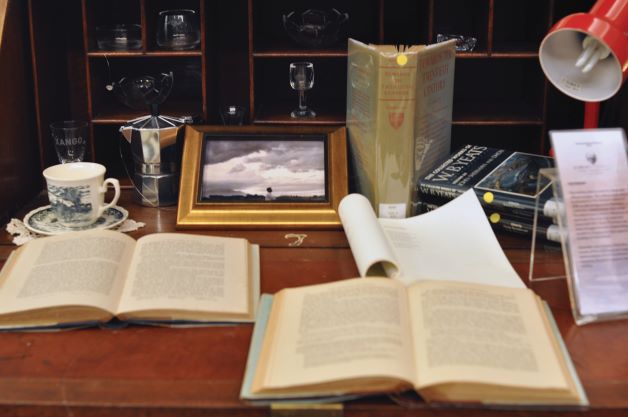
After an interrogated member resigned, the remaining eight were charged for sedition in the first of such trials conducted in Singapore. The students were later acquitted as a result of their defence by British King’s Counsel D.N. Pritt and his junior counsel, the young Lee Kuan Yew.
This entire experience proved so traumatic for Thumboo’s father that he asked his son to turn away from politics. After Thumboo’s graduation, he entered the civil service and worked in the Income Tax Department from 1957 to 1961 and the Central Provident Fund Board from 1961 to 1965. He then became an assistant secretary in the Singapore Telephone Board before joining the newly renamed University of Singapore as an assistant lecturer in the first months of Singapore’s independence.
Thumboo’s Masters dissertation on African poetry in English was upgraded to a doctoral submission at the university’s Department of English in 1970. The areas he taught included early English drama, Romantic poetry, new literatures in English, and creative writing.
Spearheading Singapore’s Literary Arts Development
While his earlier poetry reflected a deeply personal voice, Thumboo’s most significant work took root when he merged poetry and public concerns with the publication of Gods Can Die in 1977 and Ulysses by the Merlion in 1979. These two collections made clear his nationalist impulse and established his belief that Singaporean writers should work to shape and expound their nation’s identity.
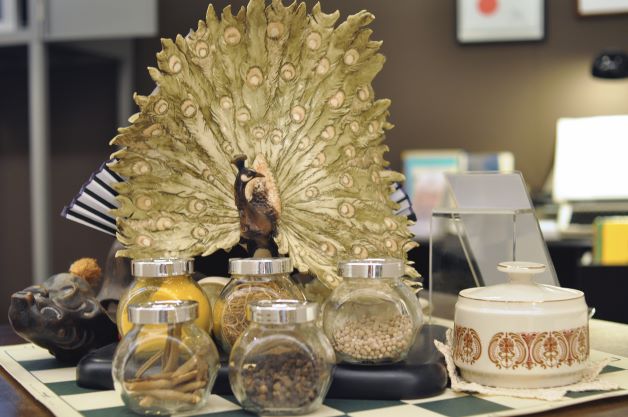
He also explored ways of using anthologies to raise the literary consciousness and standards in Singapore and Malaysia. His first important collection was The Flowering Tree, published in 1970. Seven Poets appeared three years later and featured Wong Phui Nam, Goh Poh Seng, Wong May, Mohammad Haji Salleh, Lee Tzu Pheng and Thumboo as strong regional voices. In 1979, he produced The Second Tongue, which carried his seminal introduction to a range of emerging poets in Singapore and Malaysia.
The next decade saw Thumboo assume general editorship of two colossal multilanguage anthologies: The Poetry of Singapore, published in 1985, and The Fiction of Singapore, published in 1990.
Thumboo was the first Singaporean to be conferred the SEA Write Award in 1979 and Singapore’s Cultural Medallion for Literature in 1980. He was given the ASEAN Culture and Communication Award for Literature in 1987 and made a juror of the Neustadt International Prize for Literature in 1988. For his contributions to nation-building, he was awarded the Bintang Bakti Masyarakat (Public Service Star) in 1981, with an additional Bar in 1991.
As the head of the Department of English Language and Literature at the National University of Singapore from 1977 to 1993, Thumboo introduced the study of both Commonwealth literature and the English language. He was the first dean of the Faculty of Arts and Social Sciences in 1980 and held this appointment until 1991, becoming the university’s longest-serving dean to date.
The new millennium marked the start of another chapter in Thumboo’s literary career. He published Friend and Bring the Sun in 2003 and 2008 respectively, and Still Travelling – his first new collection of verse in 15 years that brought together all his poetic concerns from the public and the social to the personal and the religious.
As anthologist, Thumboo co-edited Reflecting on the Merlion and Fifty on 50 in 2009, the latter commemorating Singapore’s 50th year of self-rule. & Words: Poems Singapore and Beyond, issued in 2010, featured English-language poems from around the world. Flow Across Our Ocean was published in 2011 as part of a cultural-economic exchange between Singapore and Cape Town, South Africa.
He remains highly prolific and his poem, “Bukit Panjang: Hill, Village, Town”, is a sensitive portrayal of how the fast-changing landscapes in Singapore underpin the social, political and economic values that frame our nation-state’s rapid growth during the post-independence years. This four-part poem personifies the familiar landmark as a “Timetraveller; master of winds” in its imposing geology, its cultural significance as a village in the chaotic period during the Japanese Occupation before it finally settles comfortably into the role of an “established” new town in the current flow of Singapore’s continuing progress as it gets “plump with amenities”.
Set against the dramatic background of the restive pre- and post-colonial period, and later during the “super charged” nation-building years, the poem may well be read by researchers in the near future as one of Thumboo’s most successful blend of his public and personal voice.
Thumboo has witnessed more triumphs and trials than most in his multifaceted life as a poet, critic, scholar, public figure and private citizen. The poems in this exhibition capture modest snapshots of his verve and versatility mirrored through the experiences of the interesting times he has lived through.
Edwin Thumboo – Time-Travelling
This exhibition is part of the National Library of Singapore’s Literary Heritage Series and showcases the impressive list of contributions Thumboo has made to Singapore’s cultural landscape in his prolific career as a scholar, academic, poet and literary critic. On display are handwritten manuscripts of Thumboo’s iconic poems such as “Ulysses by the Merlion”, “The Cough of Albuquerque”, “Gods Can Die” and “The Way Ahead”. Rare photographs of the pioneer poet’s youth and family members from his private collection that give glimpses into a bygone era are also showcased.
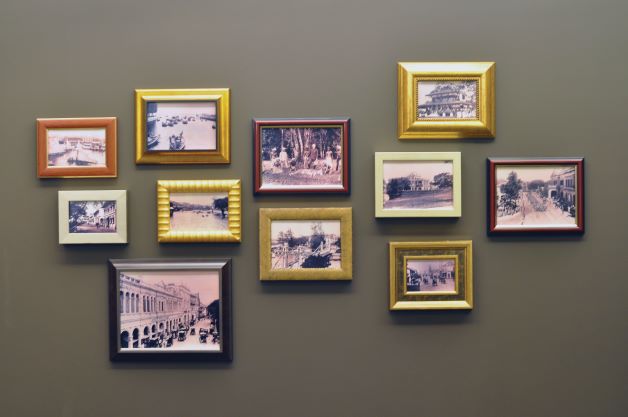
Comprising three separate showcases at different locations within the National Library Building, the poetry exhibition teases out some of the most personal, nuanced aspects of the literary titan’s life.
The multidimensional exhibition includes a teaser display, a re-creation of the pioneer poet’s study at the Lobby of the National Library Building and the Main Exhibition located within the Reading Room at Level 8, National Library, which is a quiet and subtle induction of his public persona and his private realm as a poet and as a citizen. The Main Exhibition is thought-provoking and gives visitors access to Thumboo’s life and the times he has lived through, while allowing them to savour his works in a multisensory presentation.
The Main Exhibition will run for six months at Level 8 of the National Library Building from 29 September 2012 to 7 March 2013. The teaser exhibition display (previously exhibited at the Lobby of the National Library Building) was first shown at Woodlands Regional Library (3–27 January 2013) and Clementi Public Library (28 January–7 March 2013) as satellite showcases.
Copies of the chapbook are currently available for free to members of the public by request at the Level 8 Information Counter. Visitors can also request for copies of the select annotated bibliography at the Information Counter at Levels 8 and 11 of the National Library.
Public Persona, Private Citizen
The multisensory installations displayed in the Main Exhibition reveal both the trials and triumphs in Thumboo’s life as a public figure and private citizen. Poems written at different stages of his life are displayed alongside the installations. The sentiments expressed in these verses mirror the turning points in Thumboo’s life and significant moments in Singapore’s history.
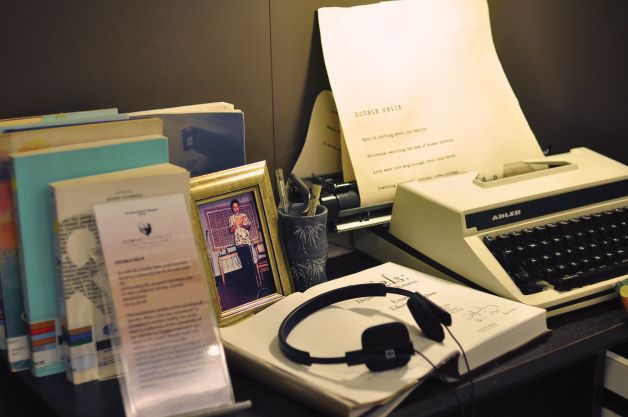
Framed by the Edwin Thumboo Collection as well as the Singapore and Southeast Asian English Literature Collections, the Main Exhibition highlights Thumboo’s literary influences and the critical role he plays as a poet, critic and scholar of Singapore English-language literature, as well as in promoting and developing the literary arts scene in Singapore and the region.
Gwee Li Sui is an independent researcher, literary critic, poet and graphic artist. He is the joint editor and compiler of Edwin Thumboo – Time-Travelling: A Selected Annotated Bibliography. He obtained his doctorate in 2003 from Queen Mary, University of London, for his work on 18th-century European literature and lectured full-time at the National University of Singapore until 2009.

